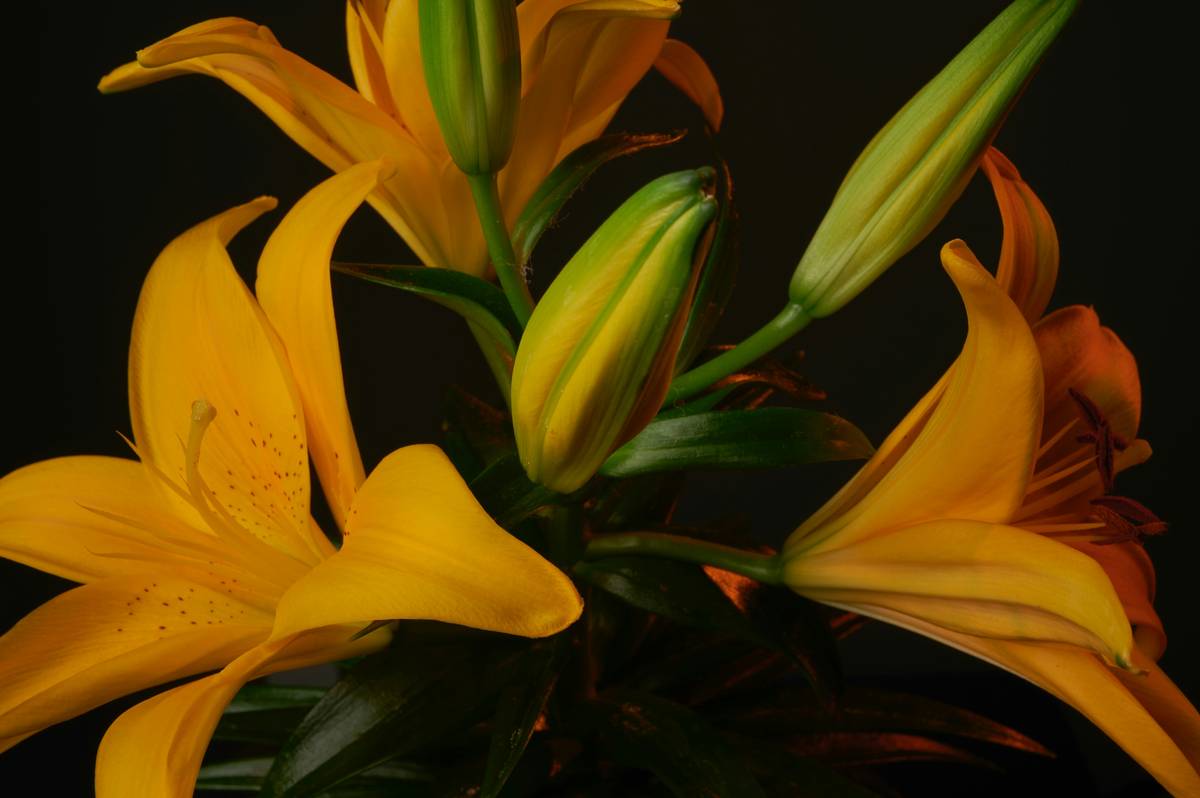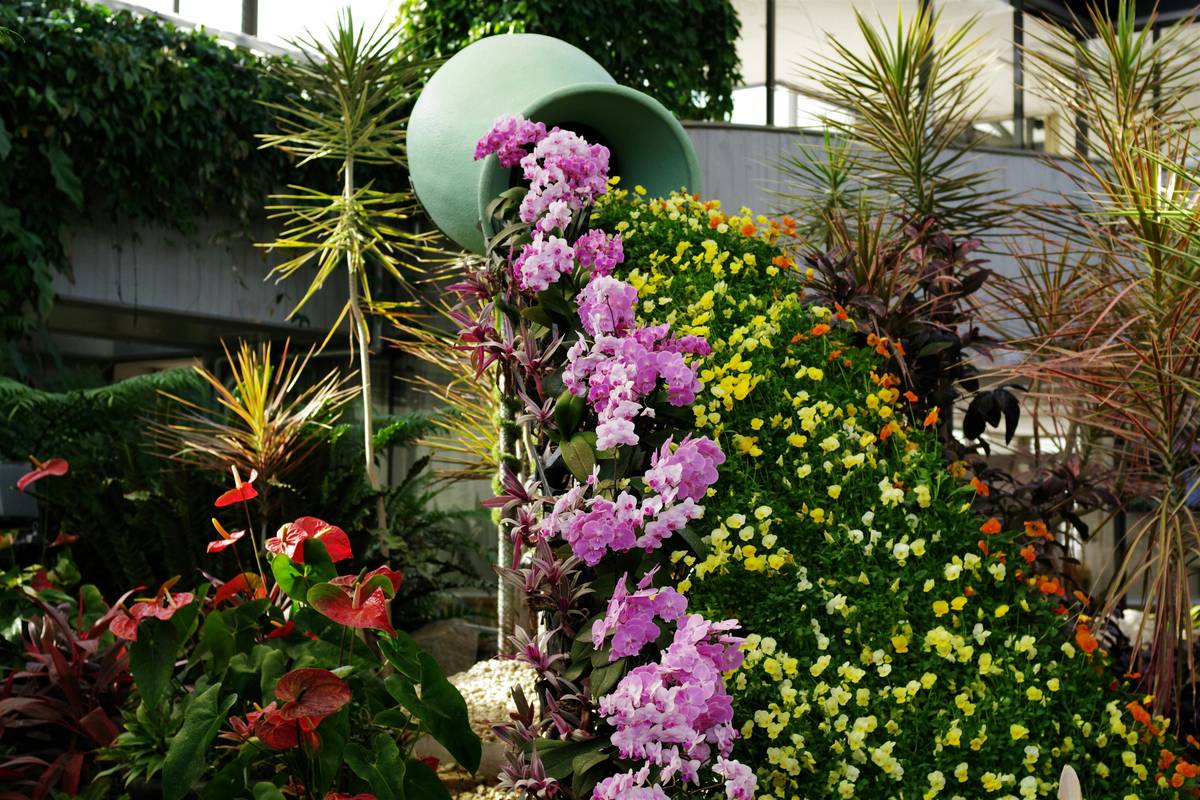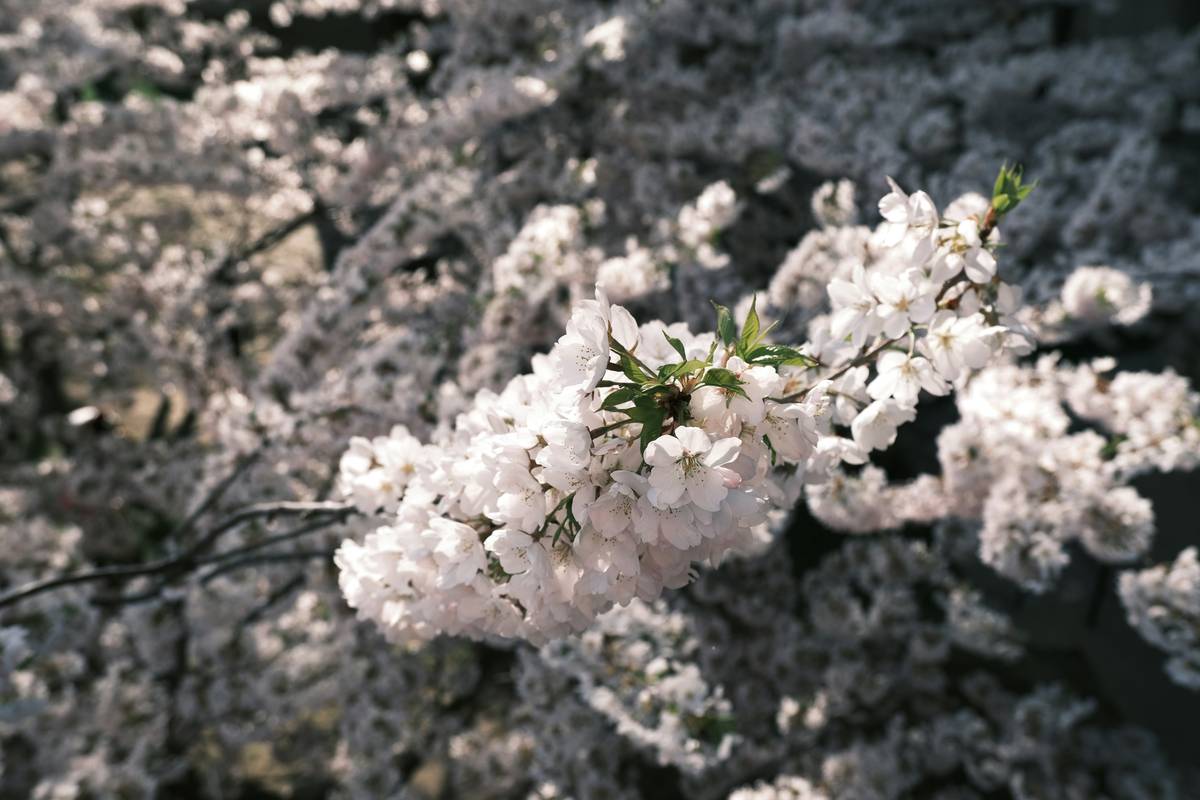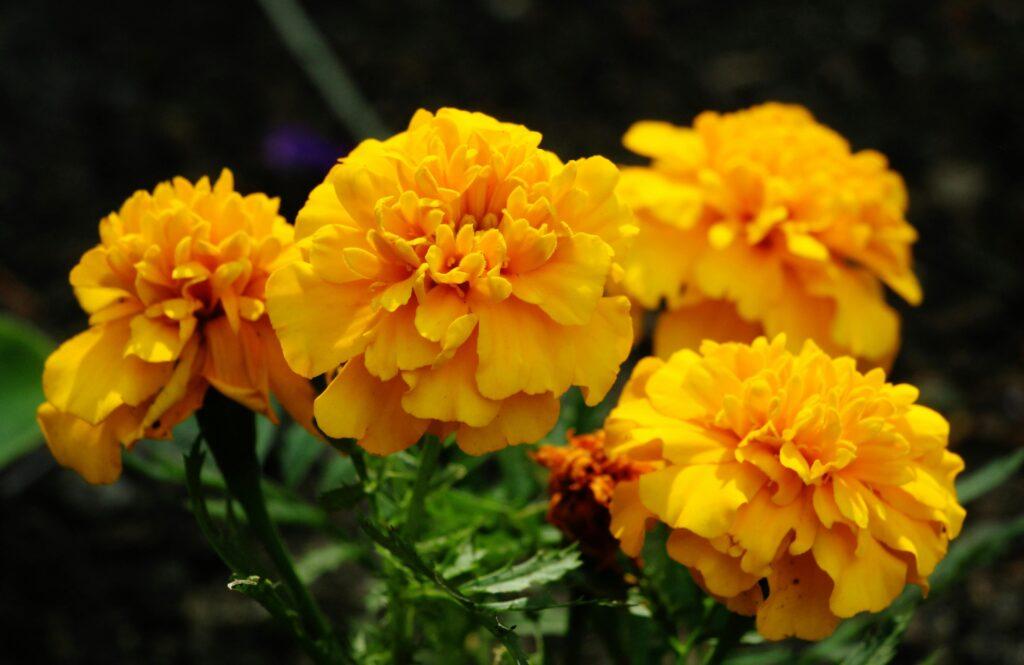Ever stared blankly at your vanity wondering why your skincare routine feels stagnant? What if the missing ingredient wasn’t a serum or oil—but flowers?
Seasonal arrangements crafted from organic flowers might just be your next beauty game-changer. These arrangements don’t only decorate your home; they elevate your self-care rituals, boost your mood, and connect you to nature’s bounty in its purest form.
In this post, we’ll explore why seasonal arrangements matter, how you can create them yourself, tips for sourcing organic blooms, success stories from real enthusiasts, and answers to all your burning questions about seasonal floral magic. (*Spoiler:* They’re easier than you think!)
Table of Contents
- Why Does “Seasonal” Matter for Your Beauty Journey?
- How to Create Stunning Seasonal Arrangements
- Tips for Sourcing Organic Flowers
- Success Stories: Real People Using Flowers for Self-Care
- FAQs About Seasonal Floral Arrangements
Key Takeaways
- Seasonal arrangements enhance both your space and emotional well-being.
- Organic flowers reduce environmental impact while supporting healthier ecosystems.
- You don’t need to be an expert florist—simple steps make creating arrangements easy!
Why Does “Seasonal” Matter for Your Beauty Journey?

I’ll admit it—I once bought summer sunflowers in January. Rookie move. Not only did I pay triple the price, but those poor blooms looked more wilted than my confidence after realizing my error. That’s when I learned: buying out-of-season flowers isn’t just expensive—it disconnects us from nature’s rhythm.
Nature knows best. Each season brings unique blossoms bursting with antioxidants, vitamins, and aromas that benefit our skin, senses, and souls. Spring hyacinths refresh dull winter skin, summertime chamomile soothes irritation, autumn chrysanthemums energize dull complexions, and winter jasmine promotes hydration.
“Optimist You: ‘But can’t I get any flower anytime?’ Grumpy You: ‘At what cost, my friend? At. What. Cost.’”
How to Create Stunning Seasonal Arrangements

Making seasonal arrangements sound daunting? Nah. Here’s how to nail it in four simple steps:
Step 1: Choose the Right Seasonal Blooms
Start by researching which flowers are in season locally. For example:
- Spring: Tulips, daffodils, lilacs
- Summer: Sunflowers, dahlias, marigolds
- Fall: Chrysanthemums, asters, pansies
- Winter: Poinsettias, amaryllis, holly
Step 2: Gather Supplies
You’ll need:
- A sturdy vase (glass or ceramic works)
- Floral shears
- Water and optional preservatives like lemon juice or sugar
Step 3: Prep Your Flowers
Trim stems diagonally under running water. Remove excess leaves to prevent rot in the vase. Trust me—skipping this step turns your gorgeous arrangement into science experiment territory.
Step 4: Arrange Like a Pro
Use the “rule of thirds.” Place taller stems slightly off-center, shorter ones around the edges, and fill gaps with greenery like eucalyptus or ferns. Voilà—you’ve created a masterpiece.
Tips for Sourcing Organic Flowers
Now let’s talk sourcing—the heartbeat of sustainable beauty. Avoid conventional flower farms flooded with pesticides. Instead, try these tricks:
- Visit Farmers’ Markets: Meet growers who practice organic farming firsthand.
- Join CSA Programs: Community-supported agriculture offers fresh, local blooms weekly.
- Look for Certifications: Seals like USDA Organic guarantee purity.
Bad Tip Alert (Don’t Do This): Someone told me once to spray store-bought flowers with vinegar to “de-pesticide” them. Please don’t—your lungs will thank you later.
Success Stories: Real People Using Flowers for Self-Care
Jessica, a yoga instructor in Portland, swears by her monthly ritual of crafting seasonal arrangements. “When I work with fresh, organic blooms,” she says, “it’s meditative. It reminds me to slow down and appreciate life’s little luxuries.”
And then there’s David, a tech entrepreneur whose office transformed when he swapped synthetic decor for fragrant tulips every spring. His employees reported feeling calmer and more creative—proof that flowers do wonders beyond aesthetics.
FAQs About Seasonal Floral Arrangements
Q: Can I use seasonal arrangements as part-time income?
A: Absolutely! Many small business owners sell custom bouquets through Etsy or Instagram shops.
Q: How long do organic flowers last compared to regular ones?
A: Surprisingly longer since they’re not pumped full of artificial chemicals.
Q: Is it cheaper to grow my own flowers?
A: If you have room and patience, yes! Growing lavender or calendula is surprisingly low-maintenance.
Conclusion
We covered a lot today—how seasonal arrangements align with nature’s wisdom, actionable steps to DIY, ethical ways to source organic flowers, inspiring stories, and practical FAQs. But the biggest lesson here? Let flowers remind you to bloom where you’re planted.
So go ahead, grab some organically grown petals, arrange them lovingly, and watch as your spirit—and skin—radiates newfound vibrancy.
And now… because you stuck with me till the end:
Cherry blossoms fall, Nature whispers softly—wait. Beauty has seasons.


